Now’s the time for loyalty marketers to take action
Last year at this time, the business landscape looked promising with easing COVID restrictions, emerging vaccines, and revving consumer demand. As 2021 continued, however, the Delta and Omicron variants of COVID-19 dented that optimism. And that’s only continued in the new year.
So, how should marketers adjust loyalty strategies for the uncertain landscape of 2022? Customers expect brands to understand their needs and tailor unique experiences across the entire consumer journey. This year those expectations will evolve in response to the lingering pandemic, its impacts on consumers and businesses, and the ever-changing customer touch points. Below we offer five trends and opportunities in loyalty to consider.
1. Recalibrating the value proposition
Early pandemic disruptions pushed loyalty marketers’ focus toward short-term revenue opportunities, nonrevenue engagement, and program exceptions. Those changes, while prudent during the pandemic, will strain existing loyalty models and operations as business picks up.
Additionally, growing demand for digital-first interactions have become table stakes while new purchase patterns settle in. To maintain customer engagement and operational viability, loyalty models need to be revisited.

Prediction for 2022: Loyalty marketers will place bets on structural changes to their value propositions based on projected long-term behaviors.
Value-proposition thought starters:
- Adjust the earning ability and redemption value of your program based on projected patterns. Case in point: Programs structured around business travel may need to adjust the earn structure since this segment will take longer to rebound. They should explore an economic model that includes a focus on leisure travel, engagement, and partnerships (e.g., credit card spending and local experiences).
- Develop interim strategies around tier qualification and benefit delivery for larger-than-normal tier groups. This helps address the combined result of extending members’ qualification during the pandemic and new qualifiers returning to business as usual. Determine which elite benefits can be delivered to a large audience without issue, and reserve exclusive benefits for those demonstrating desired consumer behaviors.
- Consider alternate models, such as subscription services. Many customers will pay up-front for benefits they’d usually earn over time or pay for per transaction. These could include:
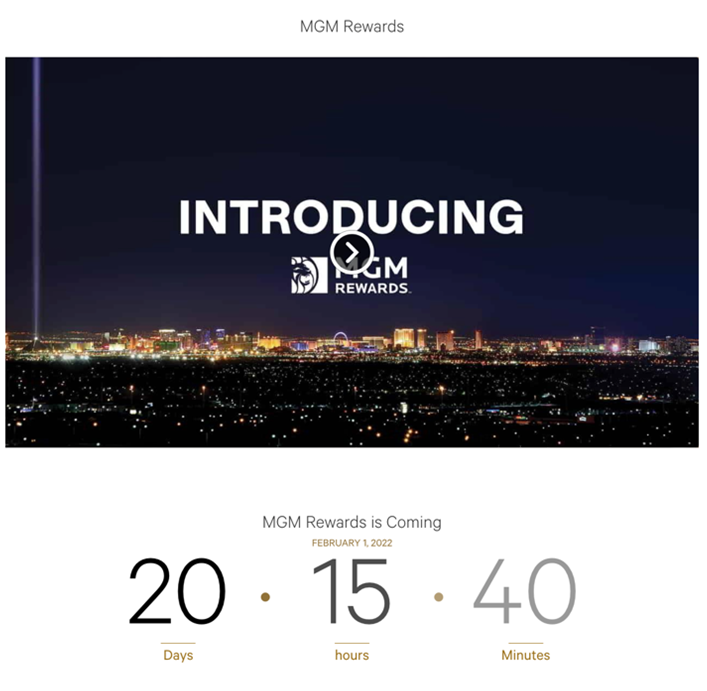
- Access to elite mileage-earning bonuses and status perks without compromising the earn-based tier proposition.
- Paid programs focused on passion points (e.g., adventure travel) or life stage (e.g., baby club).
2. Creating emotional engagement by enabling joy
The impact of the pandemic ripples into all aspects of our lives—from our emotions to our financial outlook. In a 2021 CDC study, symptoms of anxiety and depression, and the use of mental health care increased among adults during the COVID-19 pandemic.
Loyalty marketers have an opportunity to focus on the emotional needs of customers and bring happiness, hope, and escapism to their lives. This, in turn, will strengthen their emotional engagement with your brand.
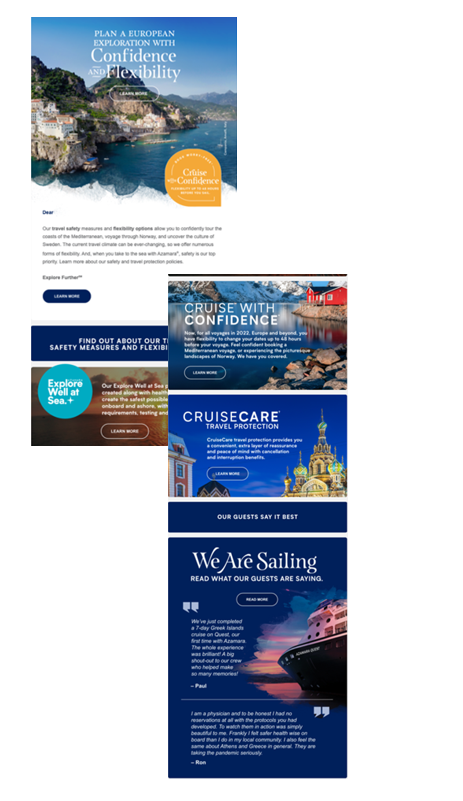
Prediction for 2022: Loyalty programs will lean into emotional, joy-evoking content using community-building strategies, gamification, escapism, and surprise-and-delight moments.
Emotional engagement thought starters:
- Build on brand attributes that inspire and enchant to create valuable member content and experiences that establish member-to-member connections. AthletaWell and Nike Membership are two strong examples of member community building.
- Incorporate empathy and creativity into program campaigns and communications, transforming brand touch points from expected to anticipated.
- Incorporate emotional KPIs into your program dashboard to track how customers act loyal via purchase behaviors and feel loyal through brand engagement and association.
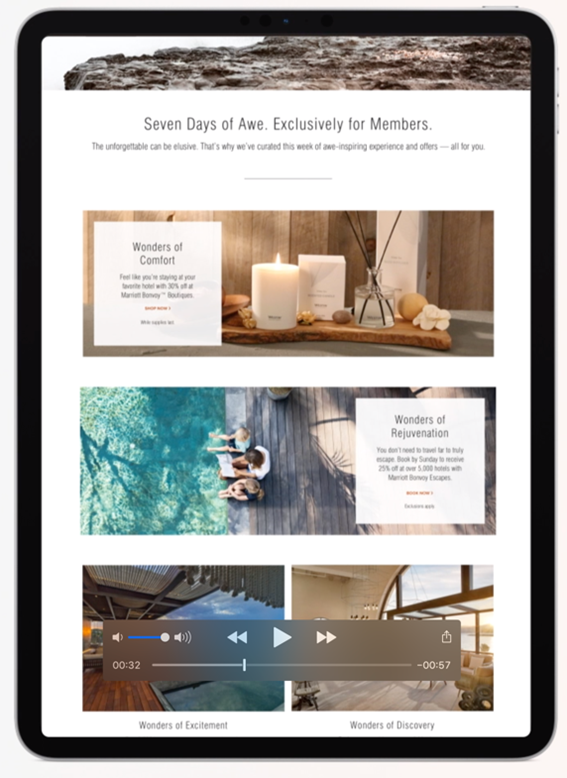
3. Leveraging the creator economy
We’ve all been spending a lot of time at home, whether working or self-isolating. Meanwhile, we’re connecting to others by accessing user-generated content on social platforms. Research firm Insider Intelligence predicts that TikTok will become the world’s third-largest social network (behind Facebook and Instagram) among active users in 2022.
Behind that growth is an expanding multitude of individuals who savvily leverage social app capabilities (e.g., algorithms, in-app purchasing, and live streaming) to sell their creations, monetize their audiences, and influence purchase behaviors.
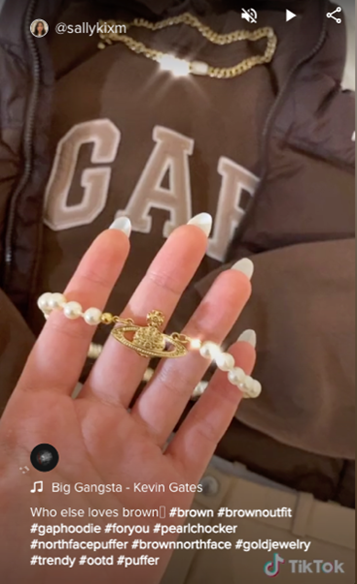
Prediction for 2022: Loyalty marketers will build bridges with their brand teams to discover what loyal customers are doing in the creator ecosystem—TikTok, Instagram, YouTube, etc.—and then engage with them in relevant ways in both the influencer and brand channels.
Creator thought starters:
- Conduct social listening and observations to see how brand love is being expressed and discover the most influential advocates.
- Find fun ways to activate insights, such as partnering with creators and influencers to reach your most loyal customers.

4. Addressing people and inventory shortages
Demand is rebounding, but the ability to deliver services or manufacture, ship, stock, and sell products isn’t keeping up. According to Supply Chain Dive, global schedule reliability reached an all-time low in September 2021 at 33.6%. This, along with staffing shortages, means increased wait times for many products and services.
Loyalty marketers are finding creative ways to mitigate potential dissatisfaction and address customer concerns.
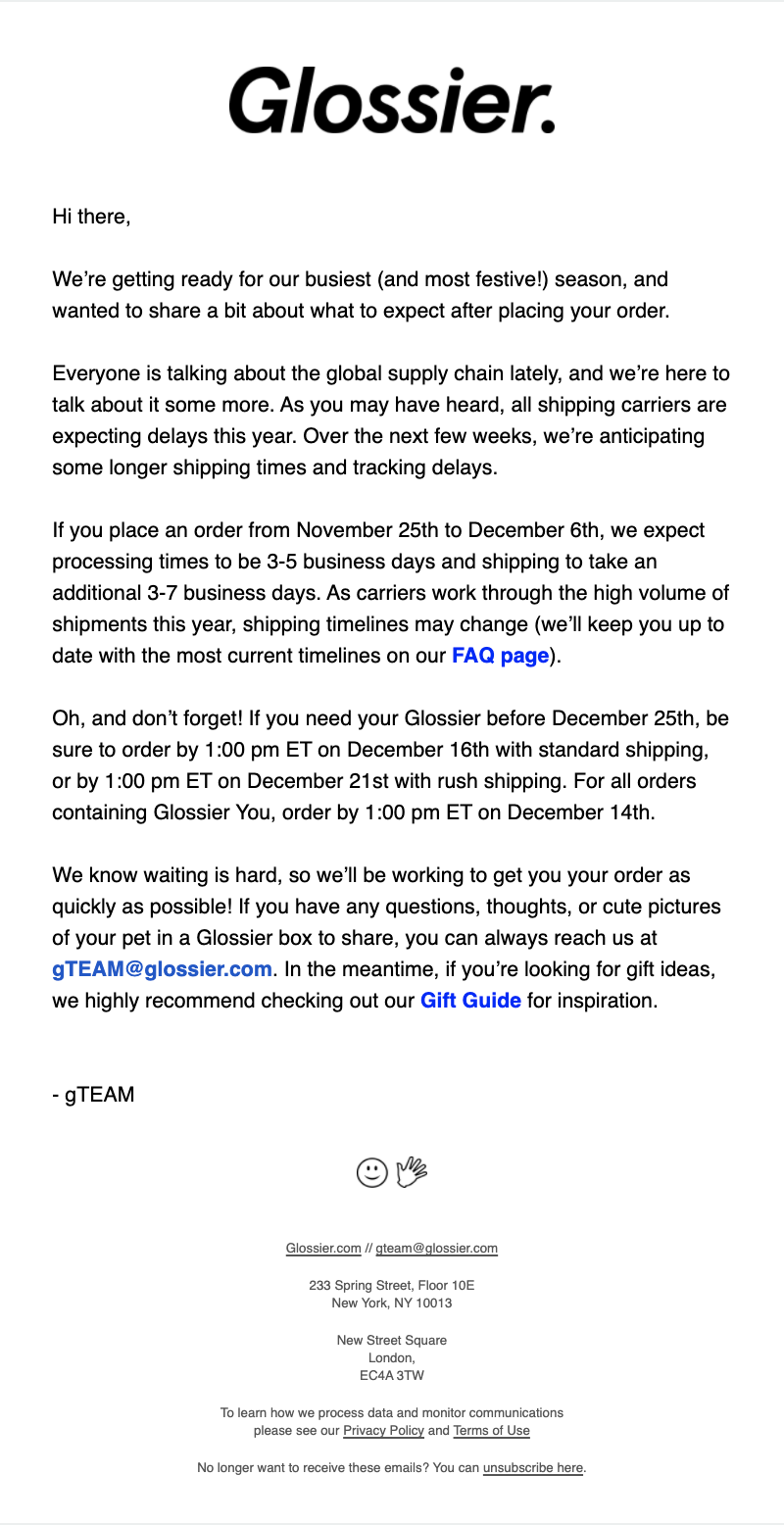
Prediction for 2022: Loyalty marketing will help fill the gaps in customer and employee expectations. Loyalty marketers, well-versed in leveraging data and technology, will be asked to improve the end-to-end consumer experience by leveraging MarTech stacks (e.g., CRM, CMS, and AI). At the same time, they’ll be tasked with using loyalty strategies to engage and retain employees.
Thought starters for addressing shortages:
- Use loyalty benefits to alleviate customer service issues.
- Reserve early or exclusive product access for your brand’s best customers.
- Take inspiration from resale providers like The RealReal and Poshmark, and incorporate a resell component into your loyalty program for earning and redemption.
- Activate AI and machine learning to fill service gaps and offset the shortage of human resources.
- Partner with digital providers to offer on-demand services and downloads that provide immediate value to customers as they wait for purchases to arrive.
- Extend loyalty strategies to your workforce to attract and retain employees.
- Create an employee version of your consumer loyalty program.
- Leverage loyalty strategies (e.g., personalized messaging, targeted promotions, etc.) with employee audiences.
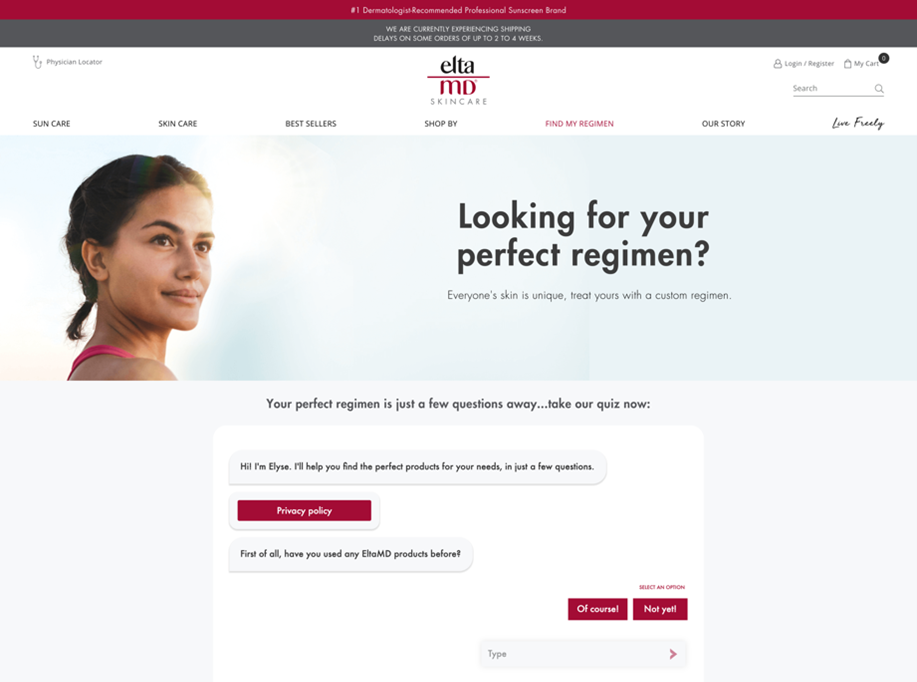
5. Riding the wave of web3
A new web model is rapidly taking shape, and we’re only beginning to imagine how it will change our digital and physical worlds. The evolution from Web 1.0 to Web 2.0 to web3 has been described as going from a publisher focus to a community focus to an individual focus, and from read to read-write to read-write-own. That’s a succinct way to characterize this massive evolution.
The web3 vision centers on a decentralized web operating system that’s free and transparent. It enables individuals to control their data and other digital assets, allows creators to retain ownership (and profit from) their work, and lets developers build applications that, by definition, remove the need for intermediaries.
You’ve likely heard of many web3 building blocks: decentralized autonomous organization (DAO), blockchain, nonfungible token (NFT), and cryptocurrencies. They’re the organizing principles and technologies that will be used in wildly creative ways to forge the web’s future.

Prediction for 2022: Web3 will be understood as more than its underlying technologies and organizing principles. Marketers will identify its practical applications to enhance existing loyalty programs and experiences.
Web3 thought starters:
- Incorporate exclusive program content or access through NFT smart contracts.
- Engage with members in virtual worlds through direct-to-avatar (D2A) sales, digital goods, access, promotions, and recognition.
- Enable more seamless interoperability between programs and partners using blockchain for backend transaction ledgering.

The year ahead
As brands seek to find the next normal, 2022 will continue to offer challenges. However, the time has come to move beyond tactical pivots (e.g., point and status extensions) and make structural decisions about loyalty strategies. That’s why it’s important to conduct a loyalty strategy health check:
- Dig into your data to understand new behavior patterns.
- Revisit your value proposition to address both rational and emotional benefits, including a robust partner strategy.
- Tune up your financial model to ensure both short-term and long-term viability.
As has always been the case, brands must adapt their loyalty strategies to retain customers and create a positive return on programs. With disruption comes innovation, and that’s certainly the case this year. Now’s the time for loyalty marketers to seize their many opportunities to exceed customer expectations while increasing their organizational influence.




Great examples, observations and recommendations, Joe!